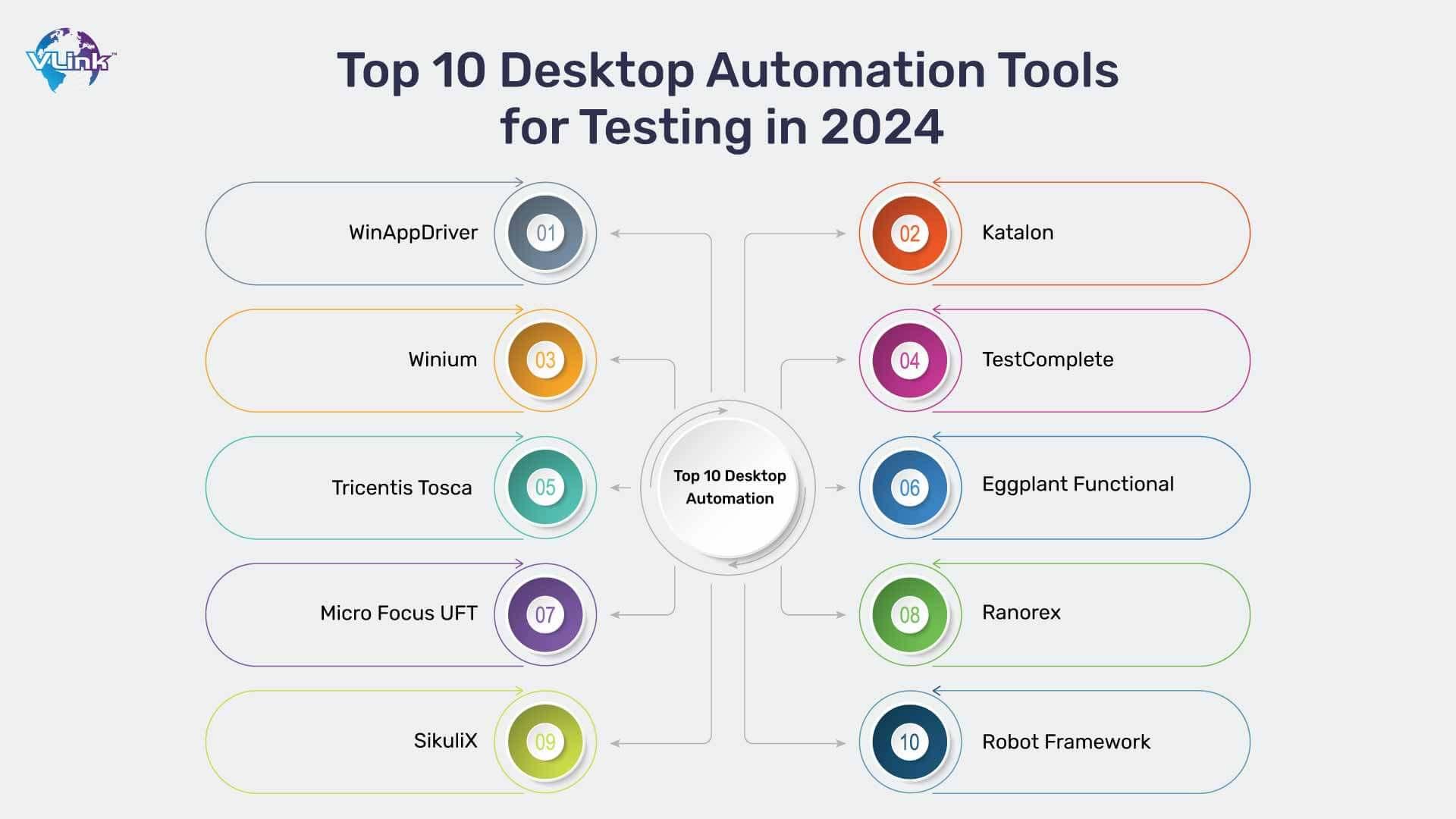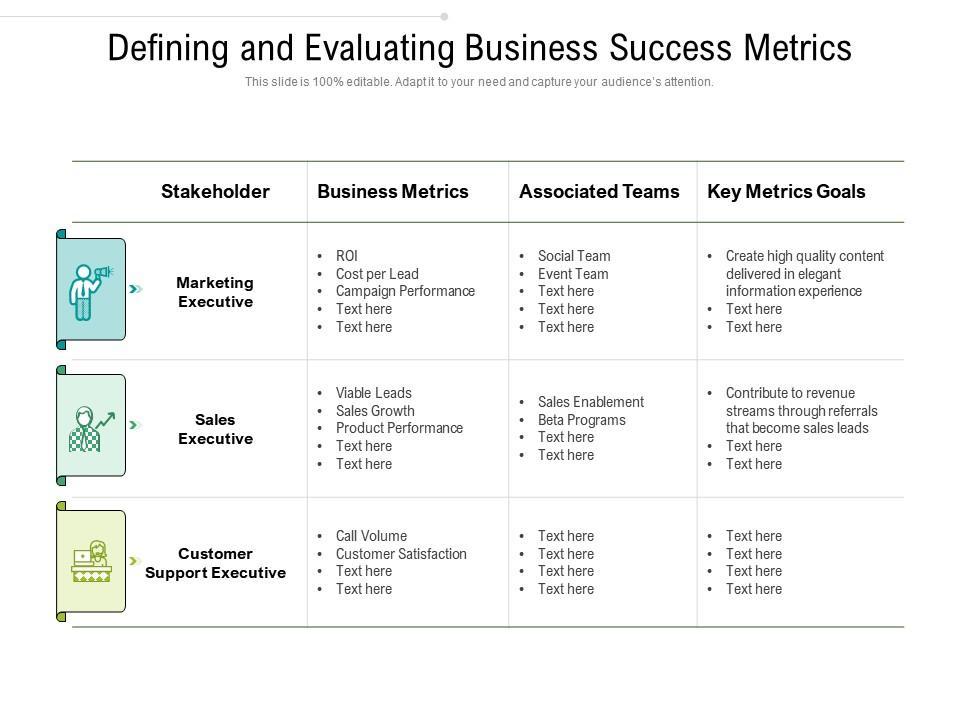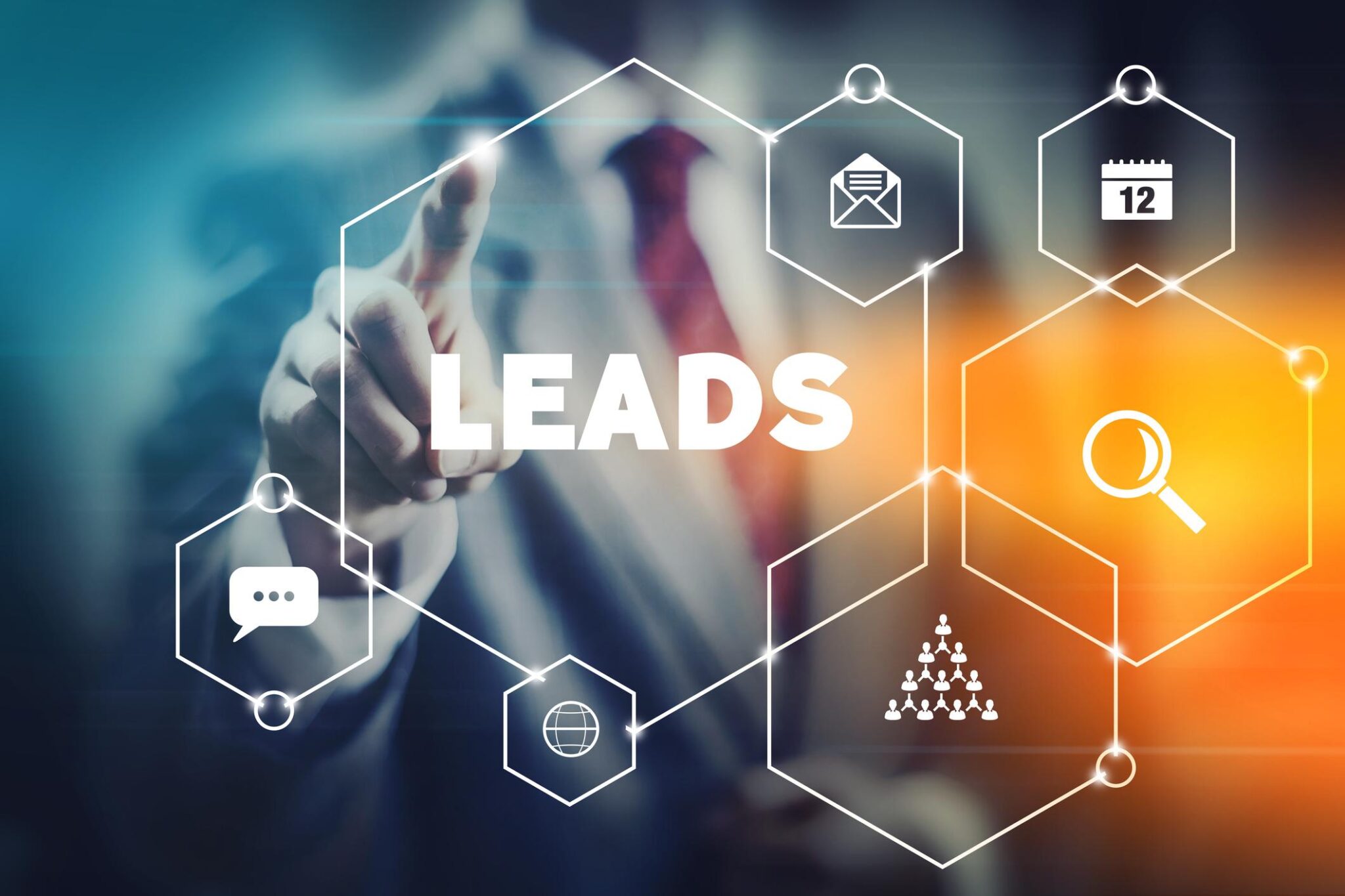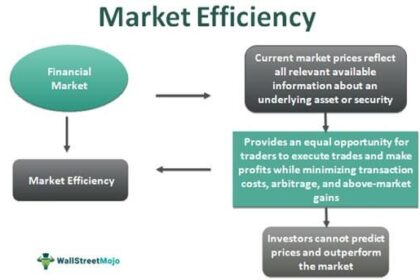In the fast-paced realm of modern business, where every interaction counts and time is a luxury, the quest for effective lead generation has evolved into a strategic necessity. Enter automated lead generation—a revolution that merges technology with marketing ingenuity. Gone are the days of manual prospecting and the endless hours spent sifting through data. Today, businesses are harnessing the power of automation to streamline their processes, capture potential customers, and nurture relationships with unprecedented efficiency. But what exactly does automated lead generation entail, and how can it transform the landscape of customer acquisition? This article delves into the mechanics, benefits, and future implications of this innovative approach, revealing how it can elevate your business to new heights in the digital age.
Harnessing Technology for Efficient Lead Generation
In the age of digital marketing, leveraging technology can significantly enhance the process of attracting potential customers. By incorporating automated tools, businesses can streamline the lead generation process while maximizing their reach. Customer Relationship Management (CRM) systems have advanced, allowing for the accumulation of valuable data about leads and clients. Furthermore, using AI-driven chatbots can engage visitors on websites, answering queries instantly and capturing their information for follow-up actions. Other notable technologies that contribute to efficient lead generation include:
- Email Marketing Automation: Schedule and personalize email campaigns.
- Social Media Automation Tools: Manage and analyze social media engagements.
- Landing Page Builders: Create optimized pages that convert visitors into leads.
- Analytics Software: Measure the effectiveness of lead generation strategies.
While technology plays a critical role, it’s essential to ensure that automation doesn’t compromise the personal touch that potential clients appreciate. Striking the right balance is key. Integrating a robust system can provide valuable insights. For instance, understanding customer behavior through analytics allows for refining marketing strategies over time. The table below illustrates how various technologies compare in terms of effectiveness, ease of use, and integration capabilities:
| Technology | Effectiveness | Ease of Use | Integration Capability |
|---|---|---|---|
| CRM Systems | High | Medium | Excellent |
| Email Marketing | Medium | High | Good |
| Chatbots | High | Medium | Good |
| Landing Page Builders | Medium | High | Excellent |

Understanding Your Target Audience through Data Analytics
In the realm of automated lead generation, leveraging data analytics is essential for pinpointing your ideal customers. By collecting and interpreting data from various sources, such as website interactions, social media engagement, and previous purchase behaviors, businesses can identify patterns that reveal who their target audience truly is. This approach allows for a nuanced understanding of customers, leading to more effective marketing strategies. Key elements to analyze include:
- Demographics: Age, gender, and location
- Interests: Categories or topics they engage with
- Behavioral Data: Purchase history and website activity
- Preferences: Communication channels and content formats
Additionally, using segmentation techniques helps in creating more personalized experiences for potential leads. For example, by organizing data into distinct groups based on shared characteristics, marketers can tailor their outreach efforts more effectively. The table below illustrates how different segments might influence targeted campaigns:
| Segment | Targeted Strategy | Expected Result |
|---|---|---|
| Millennials | Social Media Engagement | Increased brand awareness |
| Small Business Owners | Email Newsletters | Higher lead conversions |
| Tech Enthusiasts | Webinars and Demos | Enhanced product familiarity |

Integrating Automation Tools for Streamlined Processes
Incorporating automation tools into lead generation processes transforms how businesses capture and nurture potential customers. By utilizing smart systems, organizations can reduce manual tasks, allowing them to focus on strategies that truly resonate with their target audience. Consider adopting tools that offer:
- Lead scoring: Automatically prioritize leads based on their engagement levels.
- CRM integration: Seamlessly connect with your existing customer relationship management system to centralize all lead data.
- Auto-responder emails: Craft personalized messaging to engage leads right after their initial contact.
Moreover, integrating these tools can yield insightful analytics to refine your approach. By analyzing patterns, businesses can adjust their marketing strategies, ensuring maximum efficiency. Key performance indicators (KPIs) to monitor include:
| Metric | Description |
|---|---|
| Conversion Rate | Percentage of leads that become customers. |
| Cost per Lead | Overall marketing spend divided by the number of leads generated. |
| Engagement Rate | A measure of how actively leads interact with your content. |

Measuring Success: Key Metrics and Strategies for Optimization
To effectively gauge the success of your automated lead generation efforts, identifying and tracking key metrics is essential. Consider focusing on these critical metrics to ensure you’re steering your strategy in the right direction:
- Conversion Rate: Measure the percentage of leads that convert into customers, providing insight into your sales funnel efficiency.
- Cost Per Lead (CPL): Calculate how much investment goes into acquiring each lead to assess budget effectiveness.
- Lead Quality Score: Implement scoring systems based on engagement signals and demographic characteristics to prioritize your efforts on high-value prospects.
- Engagement Rate: Analyze interactions such as email opens, click-through rates, and social media shares to see how well your content resonates.
In addition to tracking these metrics, implementing strategies for optimization can significantly enhance your results. Utilizing A/B testing is a powerful way to refine your messaging, landing pages, and call-to-action buttons. Furthermore, segmenting your audience allows for tailor-made campaigns that address the unique needs of different customer groups. Consider using the table below to document your optimization strategies and their impact:
| Strategy | Expected Outcome | Review Frequency |
|---|---|---|
| A/B Testing | Improved conversion rates | Bi-weekly |
| Segmented Email Campaigns | Higher engagement rates | Monthly |
| Retargeting Ads | Increased brand recall | As needed |
To Wrap It Up
As we draw the curtains on our exploration of automated lead generation, it becomes clear that we stand at a crossroads where technology meets creativity. This powerful synergy not only streamlines the process of attracting potential customers but also opens the door to new strategies that can take your business to unprecedented heights.
Embracing automation doesn’t mean relinquishing the human touch; rather, it signifies a thoughtful partnership between innovative tools and insightful marketing strategies. By harnessing the capabilities of advanced algorithms and data-driven decision-making, businesses can connect with their ideal audience more effectively than ever before.
As we look to the future, the landscape of lead generation will undoubtedly continue to evolve, shaped by advances in artificial intelligence and marketing technology. Remaining adaptable and open to change will be key for those seeking to thrive in this dynamic environment.
In closing, automated lead generation is not merely a trend—it’s a roadmap to success in an increasingly competitive marketplace. Equip yourself with the right tools and knowledge, and let the journey to transforming leads into loyal customers begin. The future of your business awaits; now is the time to seize it.



